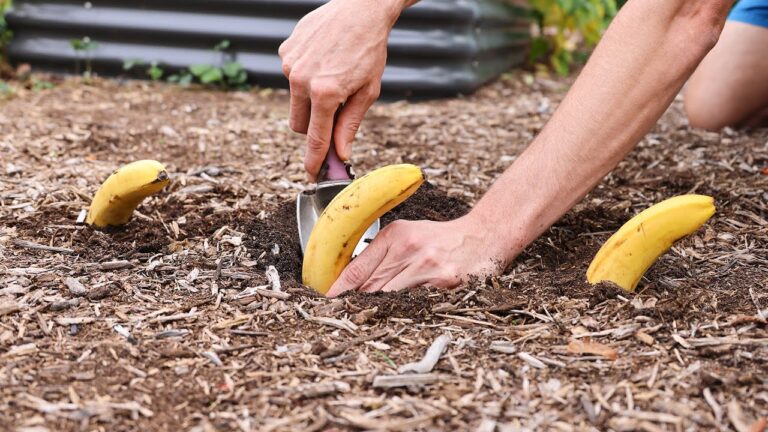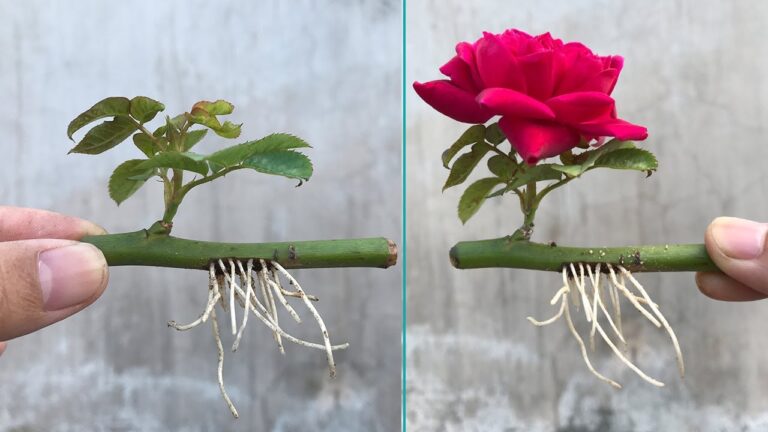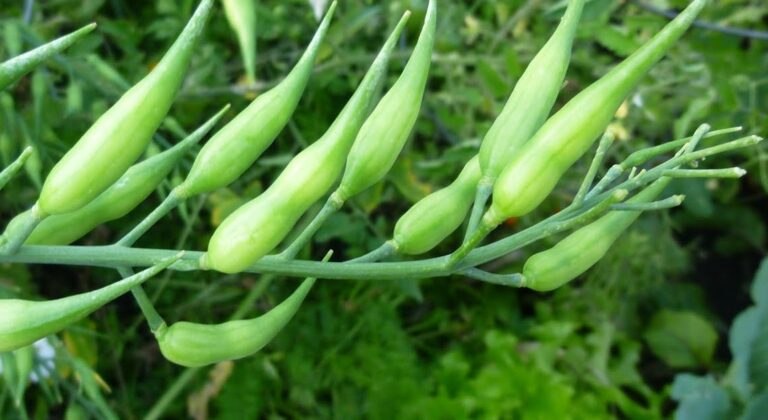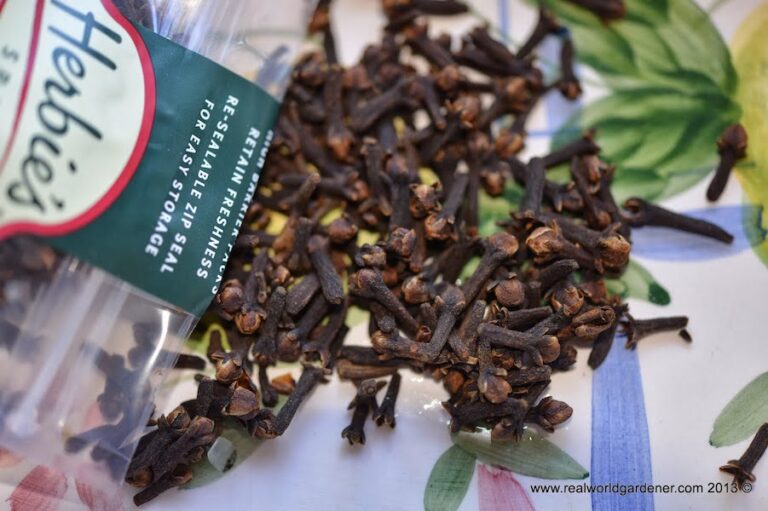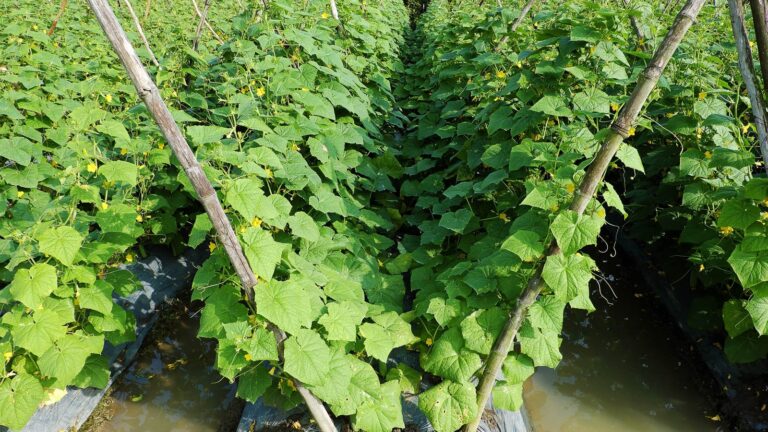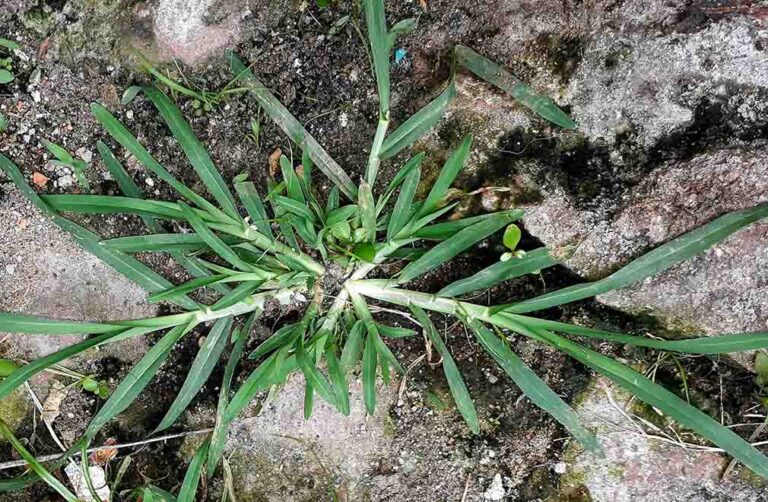Bay leaves have long been esteemed in culinary traditions for their distinctive aroma and flavor. Beyond their kitchen applications, some cultures have embraced the practice of burning bay leaves, attributing various benefits to this ritual. While anecdotal accounts suggest several advantages, it’s essential to approach these claims with a balanced perspective, considering both traditional beliefs and scientific insights.
1. Aromatherapy and Relaxation
Burning bay leaves releases a fragrant smoke that many find calming. This practice is believed to reduce stress and promote relaxation. However, scientific evidence supporting these effects is limited. A 2021 study on rats indicated potential cognitive benefits from inhaling compounds found in bay leaves, but further research is needed to confirm these effects in humans.
2. Respiratory Considerations
Some suggest that inhaling the smoke from burning bay leaves can alleviate respiratory issues. However, health professionals generally advise against inhaling smoke from any source due to potential risks, including lung irritation and oxidative stress. Alternative methods, such as using bay leaf essential oils in a diffuser, may offer a safer way to experience the plant’s aroma.
3. Natural Insect Repellent
The scent produced by burning bay leaves is traditionally believed to deter insects like mosquitoes and flies. While bay leaves contain compounds with insect-repelling properties, the effectiveness of this method in practical settings remains uncertain. Using bay leaves as a pantry deterrent for pests is a more commonly accepted practice.
4. Mental Clarity and Focus
Some individuals report enhanced mental clarity and concentration when burning bay leaves. These claims are largely anecdotal, and scientific research has yet to substantiate such cognitive benefits in humans.
5. Spiritual and Ritualistic Practices
Burning bay leaves holds cultural and spiritual significance in various traditions, symbolizing purification and the dispelling of negative energy. While these practices are meaningful within specific cultural contexts, they are subjective and not grounded in scientific evidence.
6. Air Freshening Properties
The aromatic smoke from burning bay leaves can mask unpleasant odors, serving as a natural air freshener. However, it’s important to consider ventilation and potential respiratory sensitivities when using smoke for this purpose.
Safety Considerations
If you choose to burn bay leaves, prioritize safety:
-
Ventilation: Ensure the area is well-ventilated to minimize smoke inhalation.
-
Supervision: Never leave burning leaves unattended.
-
Health Conditions: Individuals with respiratory issues should consult a healthcare professional before exposure to any form of smoke.
While burning bay leaves is a practice rooted in tradition with various attributed benefits, it’s crucial to approach it with caution and be aware of the limited scientific evidence supporting these claims. Exploring alternative methods, such as using bay leaf essential oils, may provide a safer way to experience the potential advantages associated with this plant.
